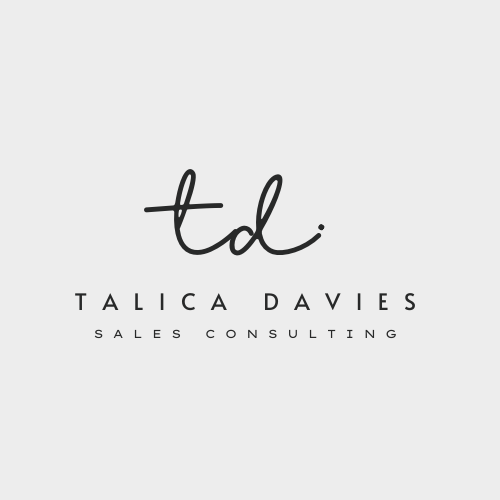Price Reduction Is Not a Sales Strategy
I pride myself in my pragmatism. I have two feet firmly planted on the ground, am not super 'woo' and don't do the whole angel/oracle card thing. Nothing against it, just not my thing. Having said that, I'm a sailor and sailors can be superstitious. They also look for and interpret signs. So, when I came across price reduction as a sales strategy twice in one week (first in a great post by Atinuke Ngozi Babatunde on Instagram and then in a conversation with a colleague) I knew it was a sign that required some action.
Price reduction is not a sales strategy.
I'll say it louder for my friends in the back: PRICE REDUCTION IS NOT A SALES STRATEGY. Price reduction is a last ditch attempt sales people are often forced to resort to in the absence of a formalized, effective sales process.
There are a few situations where dropping prices to boost sales makes sense. For example: if you are a product based business and have seasonal or dated inventory that needs to go. Or if you are doing a product or service launch and have incorporated special pricing to generate initial sales, product awareness, reviews and testimonials. Or if you're not interested in growing your business, prefer to devalue your product or expertise and are committed to sales plateaus and revenue stagnation.
If the situations above do not apply, here are some actions you can implement today to ensure you never have to drop the price on another sale again:
1. Have a mapped out sales process
Too many people wing their sales. Not only is this unreliable, it's unscalable. If you want to get serious about driving sales, make sure you have clearly mapped out a well defined sales process. The first step to mapping out your sales process is to get clear on what your conversion event is. What is the action that triggers a purchase? Is it a conversation? A live presentation? A showing? Once you know this you can map out the rest of the process. How do you drive prospects to the conversion event? Post conversion event - what stick strategies can you employ to seal the deal?
2. Articulate the promised land
Generic sales advice will tell you to focus on benefits not features. Yes, you need to focus on the benefits not features, but if you'd like to graduate to next level sales success you need to get clear on the promised land. Where will engagement with your product or service take your prospect? What's possible in the promised land? Tonya Thomas shows us a great example of a promised land. Who wouldn't want to live in a world where they doubled their productivity and tripled their earnings? The more specific and tangible you can be about the promised land, the easier it is to sell.
3. Make a compelling offer
Compelling offers must come from a place of strength. We often hear 'ask for the sale'. I replace that with 'make the invitation'. That slight shift in mindset (I'm not asking you for anything, I'm inviting you to change an aspect of your life that you're unhappy with and that's holding you back) made a huge difference in my conversions. Compelling offers should also include a bonus and a limiter. Sales thrive off of incentives and urgency. Here's an example: Should you commit within the next (INSERT LIMITER - X hours, days) you'll receive (INSERT BONUS). The bonus is an incentive, and the limiter is the urgency.
You don't need to lower your prices to make sales, in fact I implore you not too. Define your process, get clear on your promised land and make sure your offers are delivered with power and the necessary components. If you need support with your sales, feel free to send me a DM.
Happy selling!
